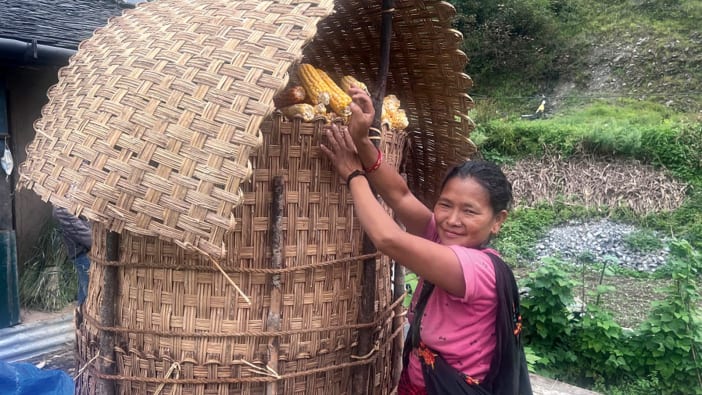There are many different blocks which may prevent the storing and preserving of food.
Selling food Farmers may sell much or all of the food they produce immediately because:
- They may need money urgently – for example, for school fees, taxes, repaying a loan, a marriage.
- They do not have good stores and know they will lose much of the food if they store it.
After harvest, however, food prices are usually low because many farmers sell at the same time. Later in the year prices usually rise.
Pests or moulds Much food may be lost or spoilt during storage by moulds or by insects, rats and mice because:
- The methods of storage are poor.
- Foods are not well dried before storage.
Lack of equipment or knowledge Much food may be lost because families either do not have the right equipment for preserving foods or because they do not know the best methods of preserving them – especially for newer crops, which may have no tradition of preservation in their culture.
Making improvements
There are several ways of helping people, including:
- Showing families how to handle harvested food and improve food stores and storage methods. It is especially important to make sure that people dry cereals, roots and legumes properly and that they use any chemicals safely.
- Developing, improving or encouraging simple methods for preserving foods – such as drying vegetables or souring milk or porridge.
- Demonstrating better methods for preserving fish and promoting better transport and storage facilities for fish. drying rack for fish
Information adapted from Nutrition for Developing Countries by Felicity Savage King and Ann Burgess (see 'Resources').









